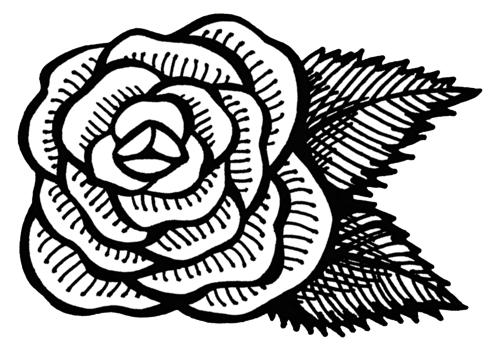The tarot pages are the students of the deck. The Page’s Journey is a series of articles on learning tarot, geared for new beginners, and curious onlookers. I outlined this series while working on my upcoming book, but I wanted to post these articles here for free, to help out folx who are totally new. Most of what we’ll cover here is common knowledge in the field; some is my personal opinion.
I’ll post one of these each Sunday till we’ve run through the basics. On Wednesdays, we’ll have more of our usual fare—salty spreads, cultural ramblings, intermediate articles, art talk, etc.
I’ll post one of these each Sunday till we’ve run through the basics. On Wednesdays, we’ll have more of our usual fare—salty spreads, cultural ramblings, intermediate articles, art talk, etc.
So You’re Tarot-Curious… Now What
Tarot is hands-on. You’ll need to try it out to explore what it can do for you, so if you haven’t yet, pick up a deck or two, and hit the ground running. The best decks to start with are the Smith-Waite/Rider-Waite deck, or any deck you really love the look and feel of. (Check out the Black Ink & Interrobang Tarot Decks, Kickstarting on the 7th!) We’ll talk about deck shopping for newbies soon, but a lot of you are probably here because you already have a tarot deck kicking around, and you’re still figuring out what to do with it.
You don’t need a big production to get started. You can unbox your first deck in the shopping mall food court or the car if you like. But once you get home, give yourself some quiet time to start getting to know the cards. Experienced readers still do this sort of thing with new decks, too.
You don’t need a big production to get started. You can unbox your first deck in the shopping mall food court or the car if you like. But once you get home, give yourself some quiet time to start getting to know the cards. Experienced readers still do this sort of thing with new decks, too.
Mood Setting, Un-Spooking, & Cleansing
You can make a little ritual of it by lighting a candle or incense, and putting on some non-verbal music that puts you in an arty or contemplative mood. I say non-verbal cause tarot is a half-verbal activity—we spin messages and stories from pictures—so it’s helpful to keep your background background-y enough not to mess with your own words, at least while you’re learning.
If your background is disruptively noisy, that might mean covering the background noise with a more compatible layer of sound. Sometimes I like the white noise of ambient rain and fireplace videos for writing, studying, or card-slinging. Sometimes I draw quick cards on the fly in the middle of my paint desk with a Vile Hipster, early 2000s indie pop playlist assaulting my ears, but I know the cards as well as I know the lyrics.
Starting out, you want to quiet your thought stream, but feel free to start engaging your aesthetics and senses on multiple layers when you sit down to read. Doesn’t have to be grand, but it boosts the experience to make your sessions as atmospheric and fun as you can.
Now pay attention to your mood before you even open the box. Are you excited? Nervous? Curious? Bored? Do you have any sticky feelings about tarot on the whole? Is it intimidating or spooky? Does it seem silly or full of shit? You don’t need to suspend your feelings and expectations to play here, but be aware of them. Do a gut check to track your mood, then a mental check to ask if you agree with it. You might be carrying awkwardness from conditioning you don’t even follow. It’s totally normal to be drawn to tarot artistically, and have trouble suspending feeling like a spacey, New Age goofus when you first pick it up. It’s normal to feel deeply drawn to tarot spiritually, and still feel twinges of fear, guilt, or shame from religious programming you don’t consciously believe anymore.
Most of this stuff can be noted and brushed past. The part of you that agrees or disagrees with a thought or feeling, and knows why, often says more about who you are in the here and now than the discomfort you’re unpacking. But if you’re feeling spooked, let’s do try to get you un-spooked before you dive in. This is to protect you from unnecessary anxiety and self-fulfilling prophecy, and to start your explorations on a more comfortable and supportive note.
Un-spooking Protocol: Take a few deep breaths. Bring any comfort objects, spiritual protections, or reassuring words you need to the table. If possible, get your environment feeling cozy, calm, and settled, and spend a moment appreciating the peace. If your environment is not peaceful, get your headphones on if it’s safe to do so, and focus on the place of greatest equilibrium, fortitude, and defiance within.
You can open with a prayer or an affirmation if you like. You can meditate or count your breaths for ten beats. Above all, remind yourself that you are the boss of your own tarot practice, and you get to use the cards in a way that works for you and with your own beliefs & philosophies. The cards are tools for you to approach aas you see fit. If you don’t like it, you can stop anytime. You are sovereign, discerning, and responsible for your own wisdom, wit, and will. Cool.
Now get your paws on your first deck, and rifle through the cards. If they’re out of order, slowly pace them back in linear order thusly:
Major Arcana: 0.-21. or 1.-22.
Wands (Matchsticks, something stick-like and/or fiery): 1.-10. Page, Knight, Queen, King
Cups (Drops, something receptive and/or watery): 1.-10. Page, Knight, Queen, King
Swords (Arrows, something murdery and/or airy) : 1.-10. Page, Knight, Queen, King
Pentacles (Gems, something monetary and/or earthy), : 1.-10. Page, Knight, Queen, King
Now take your time looking over the images, and gathering your first impressions. You don’t need to decode them yet. Pay attention to your mood, and what cards strike you as particularly buzzy, compelling, relatable, or disturbing.
I like to look through a new deck all the way through, one card at a time, then get right into reading and see how they drive. If you like, you can cleanse and consecrate your new deck first with a prayer or a spell before reading.
To me, the process of lighting a candle or incense, handling and shuffling, taking in the images one by one, picking out the right cloth or handmade bag to wrap the cards in, and making a spot for them, all feels like enough to welcome new decks in. I do cleanse hand-me-down decks I’ve received from others before use, and I’ll cleanse any of my working decks whenever they feel like they need it. I do this by putting all the cards back in their linear order (majors, wands, cups, swords, pentacles). Then I’ll place them by a flame or stick of of incense lit for cleansing purposes. If they’ve gotten particularly grimy or absorbed too much anxiety, I’ll take them out of rotation for a while, tucked in a wood box with quartz sea stones for a few weeks or months to rest and “reset.”
If your background is disruptively noisy, that might mean covering the background noise with a more compatible layer of sound. Sometimes I like the white noise of ambient rain and fireplace videos for writing, studying, or card-slinging. Sometimes I draw quick cards on the fly in the middle of my paint desk with a Vile Hipster, early 2000s indie pop playlist assaulting my ears, but I know the cards as well as I know the lyrics.
Starting out, you want to quiet your thought stream, but feel free to start engaging your aesthetics and senses on multiple layers when you sit down to read. Doesn’t have to be grand, but it boosts the experience to make your sessions as atmospheric and fun as you can.
Now pay attention to your mood before you even open the box. Are you excited? Nervous? Curious? Bored? Do you have any sticky feelings about tarot on the whole? Is it intimidating or spooky? Does it seem silly or full of shit? You don’t need to suspend your feelings and expectations to play here, but be aware of them. Do a gut check to track your mood, then a mental check to ask if you agree with it. You might be carrying awkwardness from conditioning you don’t even follow. It’s totally normal to be drawn to tarot artistically, and have trouble suspending feeling like a spacey, New Age goofus when you first pick it up. It’s normal to feel deeply drawn to tarot spiritually, and still feel twinges of fear, guilt, or shame from religious programming you don’t consciously believe anymore.
Most of this stuff can be noted and brushed past. The part of you that agrees or disagrees with a thought or feeling, and knows why, often says more about who you are in the here and now than the discomfort you’re unpacking. But if you’re feeling spooked, let’s do try to get you un-spooked before you dive in. This is to protect you from unnecessary anxiety and self-fulfilling prophecy, and to start your explorations on a more comfortable and supportive note.
Un-spooking Protocol: Take a few deep breaths. Bring any comfort objects, spiritual protections, or reassuring words you need to the table. If possible, get your environment feeling cozy, calm, and settled, and spend a moment appreciating the peace. If your environment is not peaceful, get your headphones on if it’s safe to do so, and focus on the place of greatest equilibrium, fortitude, and defiance within.
You can open with a prayer or an affirmation if you like. You can meditate or count your breaths for ten beats. Above all, remind yourself that you are the boss of your own tarot practice, and you get to use the cards in a way that works for you and with your own beliefs & philosophies. The cards are tools for you to approach aas you see fit. If you don’t like it, you can stop anytime. You are sovereign, discerning, and responsible for your own wisdom, wit, and will. Cool.
Now get your paws on your first deck, and rifle through the cards. If they’re out of order, slowly pace them back in linear order thusly:
Major Arcana: 0.-21. or 1.-22.
Wands (Matchsticks, something stick-like and/or fiery): 1.-10. Page, Knight, Queen, King
Cups (Drops, something receptive and/or watery): 1.-10. Page, Knight, Queen, King
Swords (Arrows, something murdery and/or airy) : 1.-10. Page, Knight, Queen, King
Pentacles (Gems, something monetary and/or earthy), : 1.-10. Page, Knight, Queen, King
Now take your time looking over the images, and gathering your first impressions. You don’t need to decode them yet. Pay attention to your mood, and what cards strike you as particularly buzzy, compelling, relatable, or disturbing.
I like to look through a new deck all the way through, one card at a time, then get right into reading and see how they drive. If you like, you can cleanse and consecrate your new deck first with a prayer or a spell before reading.
To me, the process of lighting a candle or incense, handling and shuffling, taking in the images one by one, picking out the right cloth or handmade bag to wrap the cards in, and making a spot for them, all feels like enough to welcome new decks in. I do cleanse hand-me-down decks I’ve received from others before use, and I’ll cleanse any of my working decks whenever they feel like they need it. I do this by putting all the cards back in their linear order (majors, wands, cups, swords, pentacles). Then I’ll place them by a flame or stick of of incense lit for cleansing purposes. If they’ve gotten particularly grimy or absorbed too much anxiety, I’ll take them out of rotation for a while, tucked in a wood box with quartz sea stones for a few weeks or months to rest and “reset.”
Your First Readings
Now it’s time to shuffle and draw. I recommend that newbies start with single card draws before tackling spreads. Every card potentially has so much to say, it can be overwhelming to thread too many cards together in your first reading. A daily single card draw before bed or with your morning journaling is an excellent way to start getting to know the cards. You can ask a burning question, and trace how the card’s themes relate to the topic at hand. You can ask what the day ahead will bring, or ask for wisdom in processing the day that just passed. For your very first session, you might ask for a card to represent what your new deck has to teach you. Go ahead and shuffle and draw.
From here, there are two opposing approaches to learning tarot: the intuitive DIY camp versus the rote memorization camp. On the intuitive DIY side, folks recommend forming your own impression of the cards and generating your own catalog of meanings before reading too much. On the rote memorization side, folks recommend reading as much as possible and memorizing traditional symbolism before making up your own stories. Some go so far as to say you never have to read what others say, or that you never have to form your own ideas.
Some practitioners pick a strong side here, but I can’t. One camp is all imagination and individuality, and the other is all discipline and tradition. As an artist, all my training, instinct, and experience tell me both sides are equally necessary, and neither can fully thrive without the other. I recommend, and use a both/and approach. You should have at least one good tarot text to check, but you shouldn’t be glued to it all the time. I’d recommend a couple texts to start with: the companion book to your first deck, Rachel Pollock’s Seventy-Eight Degrees of Wisdom. You might also like my book, Fortune’s Inkwell, which is coming out in March. (Obviously I’m biased & shameless, but it legit doesn’t suck, and contains a ton of info on the core building blocks behind tarot symbolism, and how they can layer to create intricate, creative readings.)
When reading, spend a moment gazing at the card or cards you’ve drawn, and see what you notice, think, and feel first. What do those symbols mean to you, or remind you of personally? Take a crack at interpreting them yourself, going off the visuals alone. Then scope the text, compare its lessons to your impressions, and fill in the gaps. Differences between your impressions and the guidebook’s writings don’t need to invalidate or cancel each other out. Consider them both. What message grows between your own views and the author’s or illustrator’s? Repeat and repeat, on forever.
Start a tarot journal, take good notes, and check back on them periodically. Once you’ve got a feel for single cards, try a spread. Most books contain a few spreads in the back, and you’ll find tons more on blogs and social media. The spreads directory here has links to all the spreads I’ve shared, organized by topic and use, and there’s a bunch of free ones right here on the blog.
If you draw a card every day, read a handful of books, and bounce back and forth between your own interpretations and the guiding text, you’ll have the cards memorized before you know it, and develop your own voice and innovations along the way! For some this takes weeks to months, and for others it takes years, but either way, there’s no shortage of pleasure and insight to discover in the practice.
Happy reading!
From here, there are two opposing approaches to learning tarot: the intuitive DIY camp versus the rote memorization camp. On the intuitive DIY side, folks recommend forming your own impression of the cards and generating your own catalog of meanings before reading too much. On the rote memorization side, folks recommend reading as much as possible and memorizing traditional symbolism before making up your own stories. Some go so far as to say you never have to read what others say, or that you never have to form your own ideas.
Some practitioners pick a strong side here, but I can’t. One camp is all imagination and individuality, and the other is all discipline and tradition. As an artist, all my training, instinct, and experience tell me both sides are equally necessary, and neither can fully thrive without the other. I recommend, and use a both/and approach. You should have at least one good tarot text to check, but you shouldn’t be glued to it all the time. I’d recommend a couple texts to start with: the companion book to your first deck, Rachel Pollock’s Seventy-Eight Degrees of Wisdom. You might also like my book, Fortune’s Inkwell, which is coming out in March. (Obviously I’m biased & shameless, but it legit doesn’t suck, and contains a ton of info on the core building blocks behind tarot symbolism, and how they can layer to create intricate, creative readings.)
When reading, spend a moment gazing at the card or cards you’ve drawn, and see what you notice, think, and feel first. What do those symbols mean to you, or remind you of personally? Take a crack at interpreting them yourself, going off the visuals alone. Then scope the text, compare its lessons to your impressions, and fill in the gaps. Differences between your impressions and the guidebook’s writings don’t need to invalidate or cancel each other out. Consider them both. What message grows between your own views and the author’s or illustrator’s? Repeat and repeat, on forever.
Start a tarot journal, take good notes, and check back on them periodically. Once you’ve got a feel for single cards, try a spread. Most books contain a few spreads in the back, and you’ll find tons more on blogs and social media. The spreads directory here has links to all the spreads I’ve shared, organized by topic and use, and there’s a bunch of free ones right here on the blog.
If you draw a card every day, read a handful of books, and bounce back and forth between your own interpretations and the guiding text, you’ll have the cards memorized before you know it, and develop your own voice and innovations along the way! For some this takes weeks to months, and for others it takes years, but either way, there’s no shortage of pleasure and insight to discover in the practice.
Happy reading!
If you’d like to tip the blog this season, please kindly donate to Doctors Without Borders instead. Bless bless. Ceasefire now.
This post was brought to you by all my delightful Patreon supporters, and especially our Muse & Aesthete level patrons: Vince, Ann, Joy, Amy, JoXn, Tiffany, Nichole, Jenn, Opifex, Cyn, Laura, Lenore, Megan, Anne, Tara, Melissa, and Jay. Thank you patrons! You are gems!

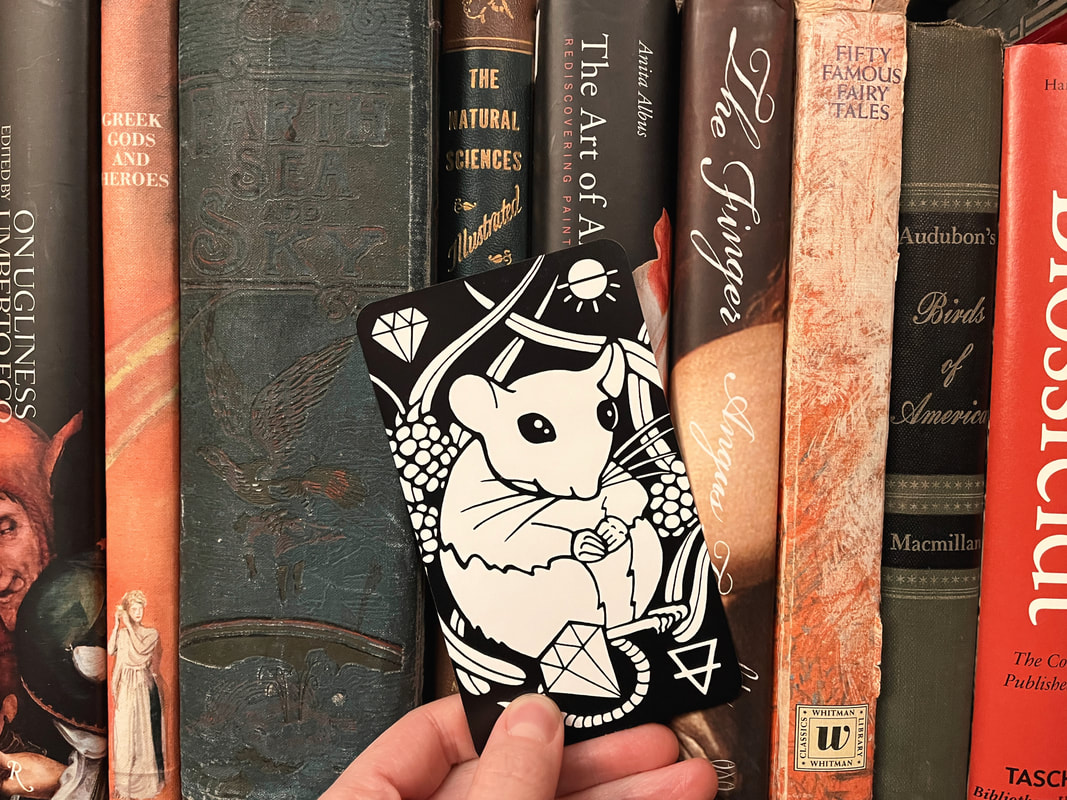
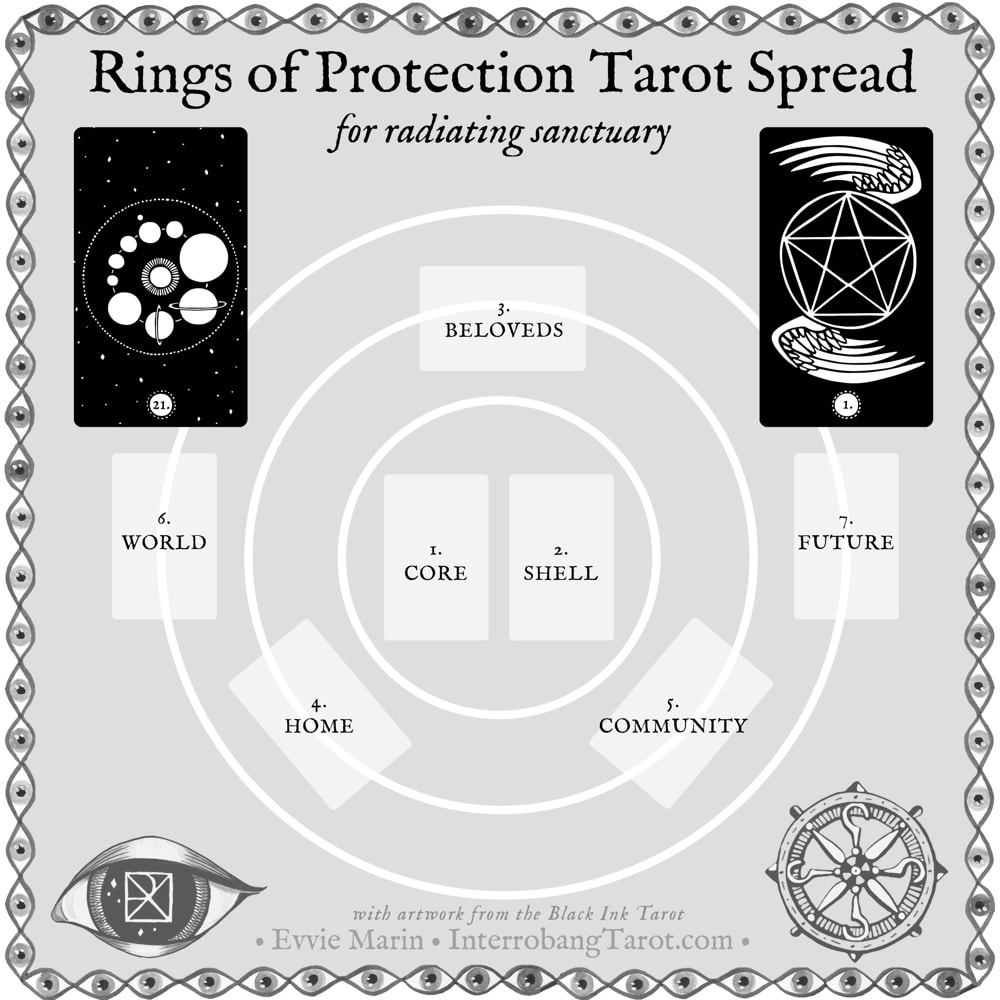
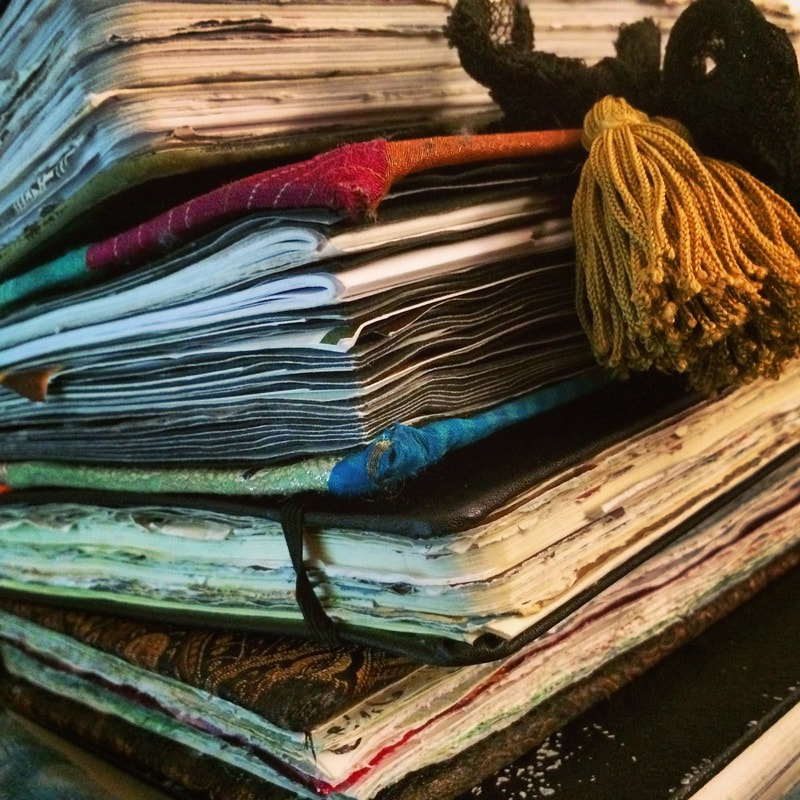
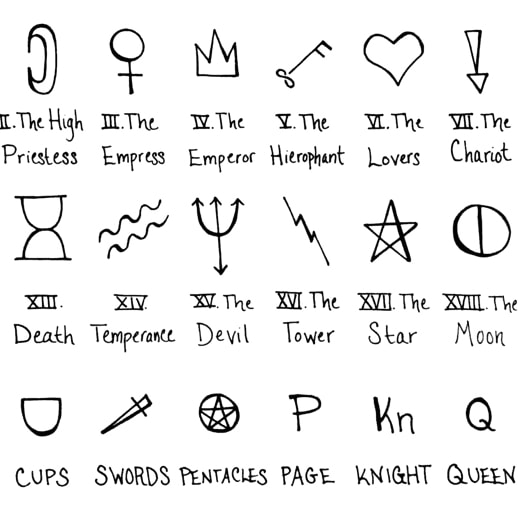

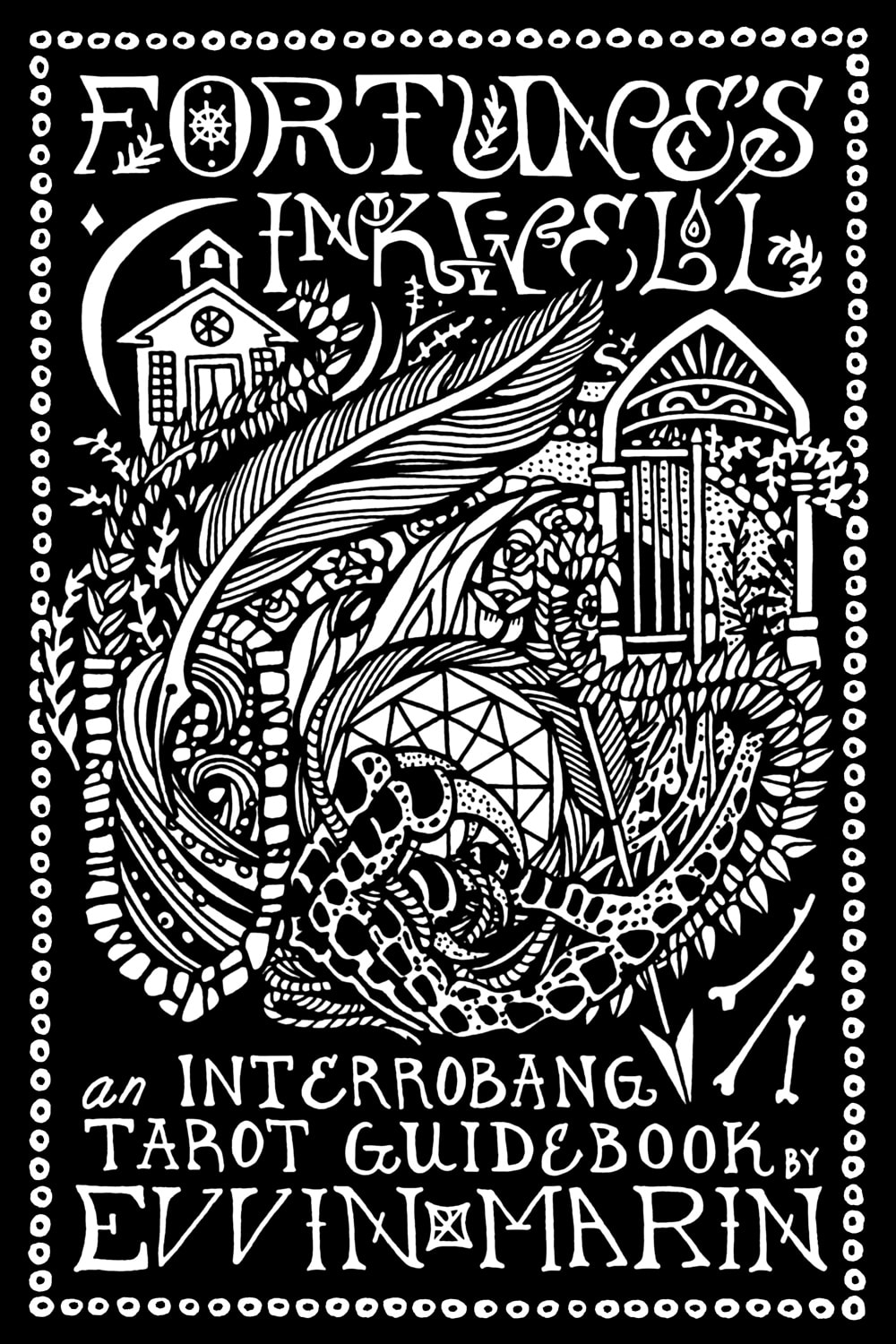
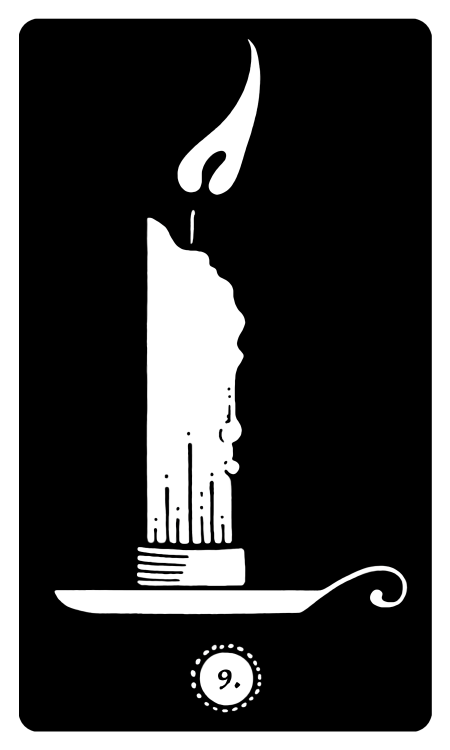
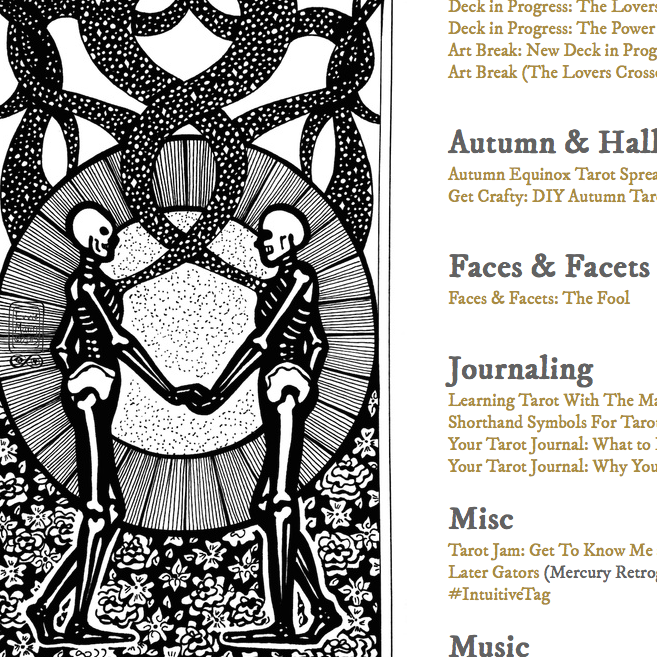
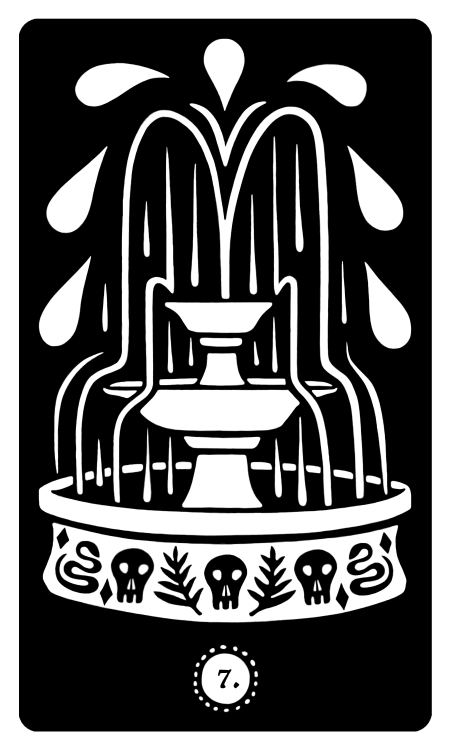
 RSS Feed
RSS Feed
